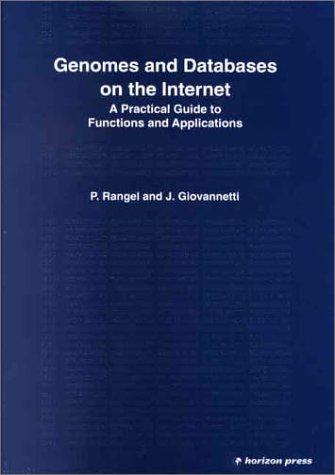Question
Dictionaries: You may wish to write the code for parts ad in one Jupyter notebook. Consider the following two dictionaries: stock = {banana: 6, apple:
Dictionaries: You may wish to write the code for parts ad in one Jupyter notebook.
Consider the following two dictionaries:
stock = {"banana": 6, "apple": 0, "orange": 32, "pear": 15}
prices = {"banana": 4, "apple": 2, "orange": 1.5, "pear": 3}
a. Show the expression that gets the value of the stock dictionary at the key orange. Print out the results. Show a statement that adds an item to the stock dictionary called cherry with some integer value and that adds cherry to the prices dictionary with a numeric value. (Or pick your own fruit name.) Make sure you label and print your results.
b. Write the code for a loop that iterates over the stock dictionary and prints each key and value.
c. Suppose that we have a list:
groceries = [apple, banana, pear]
Write the code that will sum the total number in stock of the items in the groceries list. How many apples + bananas + pears are there? Display the total items labeled appropriately.
d. Write the code that can print out the total value in stock of all the items. This program can iterate over the stock dictionary and for each item multiply the number in stock times the price of that item in the prices dictionary. (This can include the items for cherry or not, as you choose.) Display the total value with appropriate label and formatting of the total value in dollars.
Step by Step Solution
There are 3 Steps involved in it
Step: 1

Get Instant Access to Expert-Tailored Solutions
See step-by-step solutions with expert insights and AI powered tools for academic success
Step: 2

Step: 3

Ace Your Homework with AI
Get the answers you need in no time with our AI-driven, step-by-step assistance
Get Started


